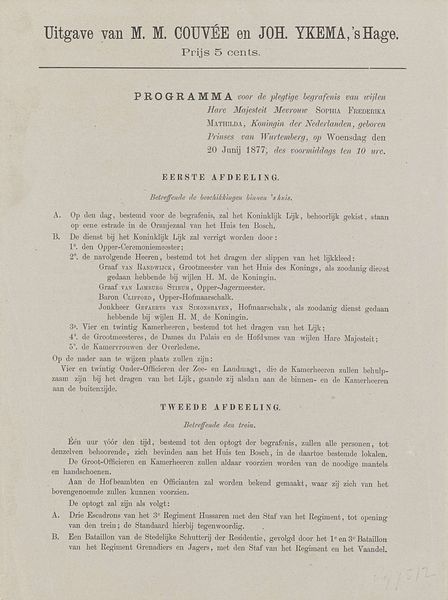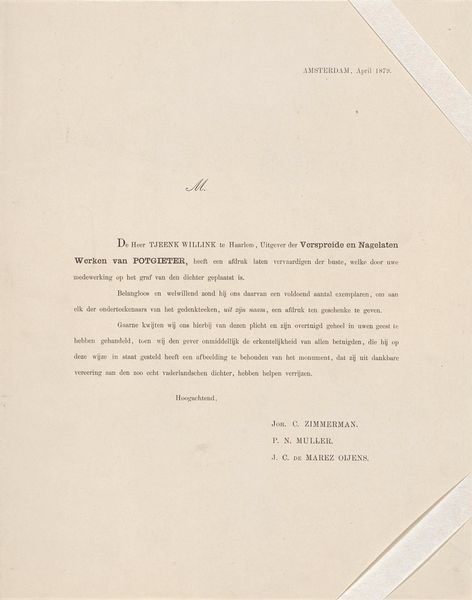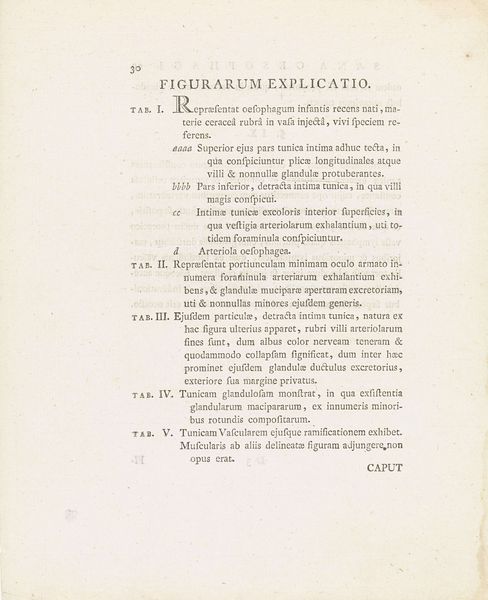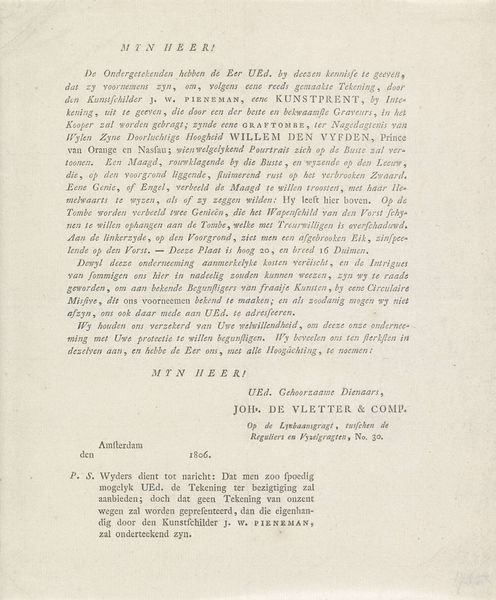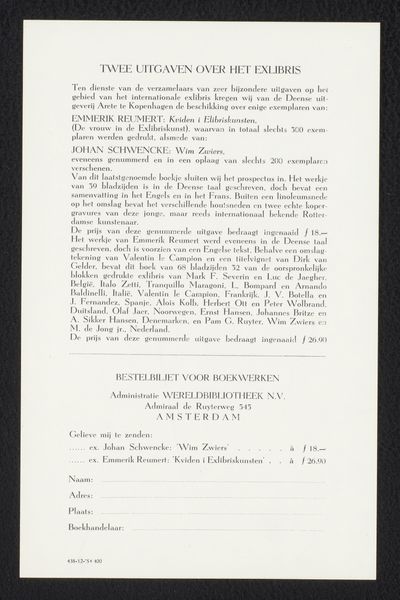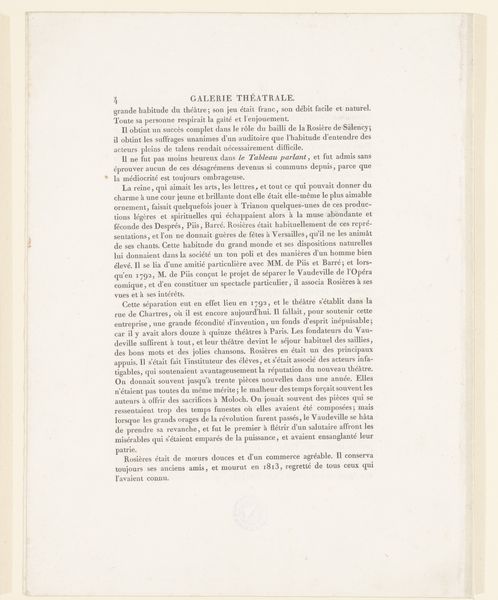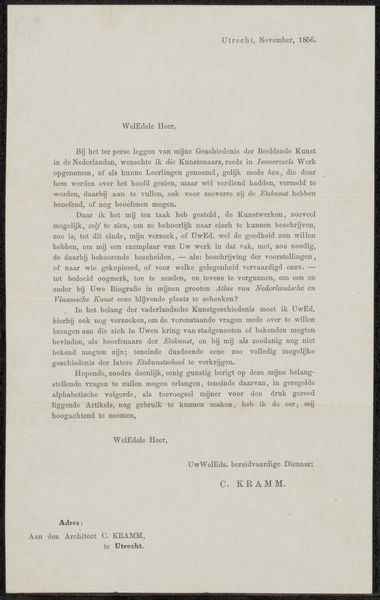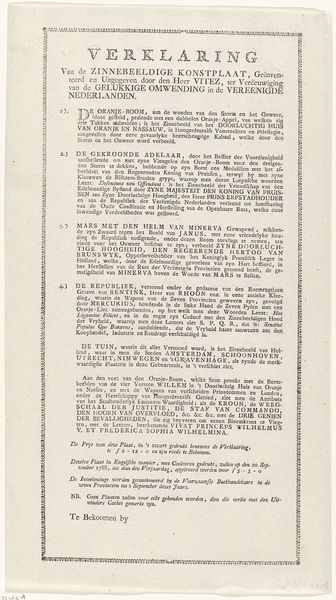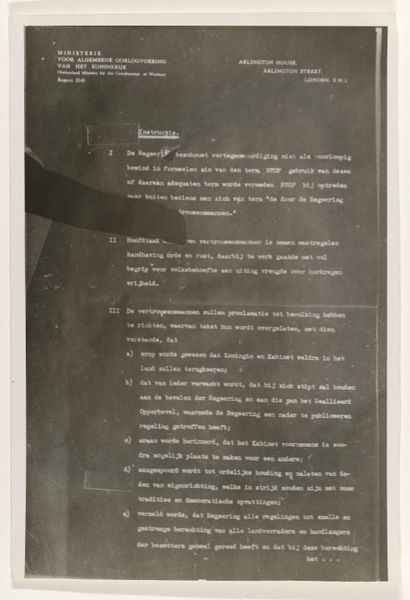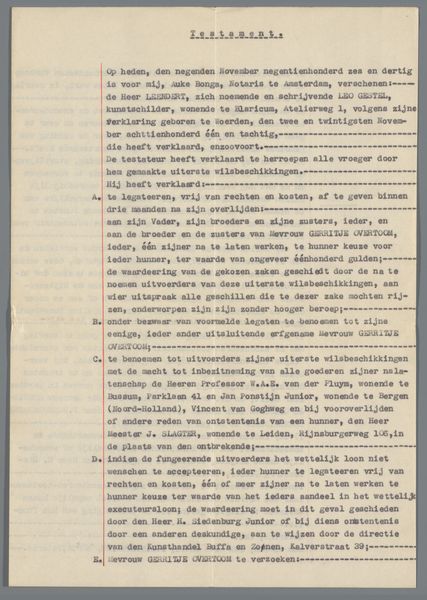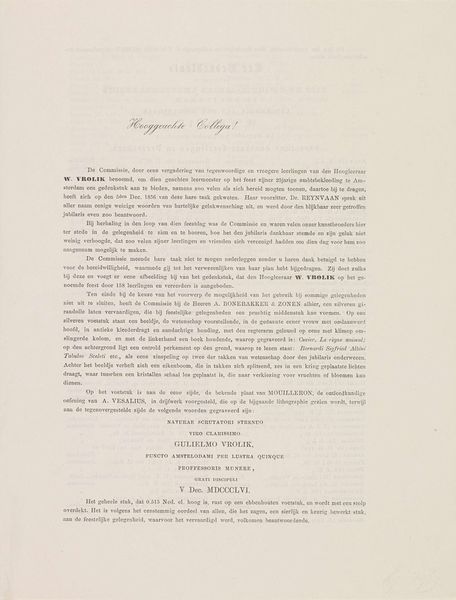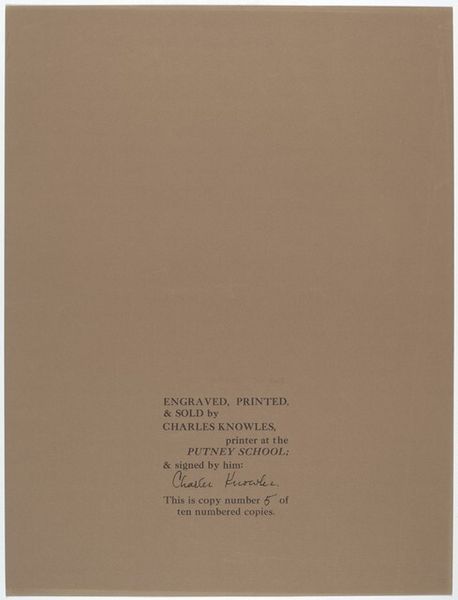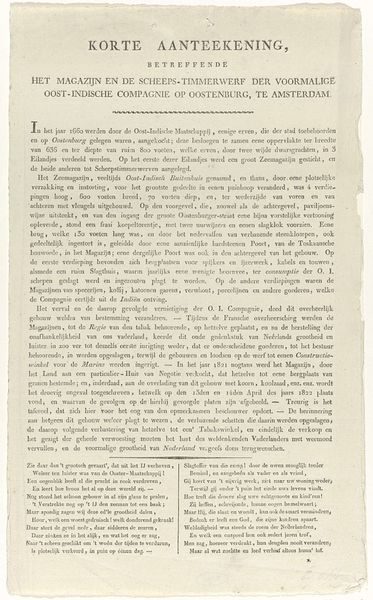
Tekstblad uit: Janus Bleuland, Observationes Anatomico-Medicae de Sana et Morbosa Oesophagi Structura, 1785 1785
0:00
0:00
print, textile, paper, engraving
# print
#
textile
#
paper
#
engraving
Dimensions: height 275 mm, width 220 mm
Copyright: Rijks Museum: Open Domain
Curator: Here we have a page from Janus Bleuland’s “Observationes Anatomico-Medicae de Sana et Morbosa Oesophagi Structura,” dating back to 1785. It combines print, textile and paper. Editor: It's quite stark, isn’t it? The clinical typography against what seems to be aged paper has a really direct, almost unsettling feel. How would you interpret this work? Curator: I think its power lies precisely in the conjunction of material and meaning. This wasn’t created as a beautiful "object" but rather as a working document deeply embedded in the medical and scientific practices of its time. The engraving technique and the choice of paper contribute to its function as reproducible, disseminable knowledge. What was the societal role of disseminating such imagery and text? Editor: So, you’re suggesting that its aesthetic is tied directly to its use value – a tool for knowledge-sharing, not just art for art’s sake. The textile use in making paper also suggests wider, material-making processes! Curator: Exactly. Think about the labour involved in creating the paper, printing the text – this isn't just about an individual artist, but about a whole system of production. The medical advancements of the time rested upon material means such as this printed page. How do these tangible qualities shift your understanding of what medicine was, in the 18th century? Editor: It’s fascinating to consider how the materiality of the text highlights the material realities of the body, and that of labour too. It shows medicine as both a social and manual process! Thank you. Curator: And thank you. Considering the means of production allows us a more comprehensive grasp of the context.
Comments
No comments
Be the first to comment and join the conversation on the ultimate creative platform.

